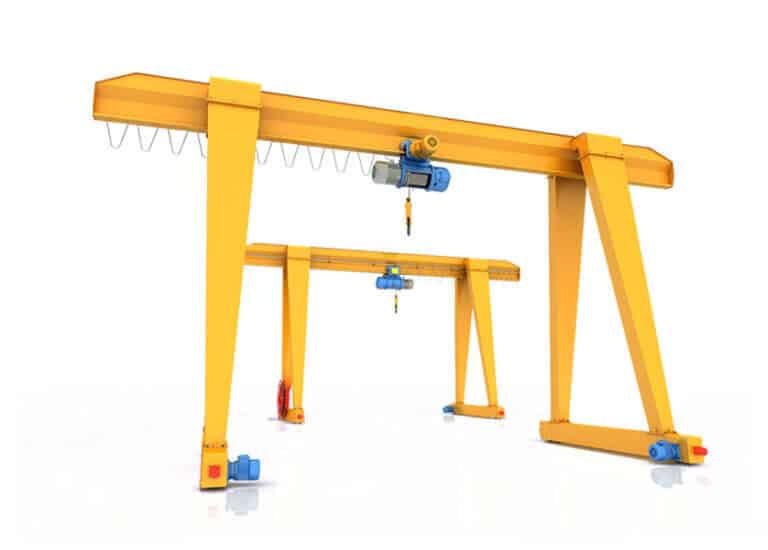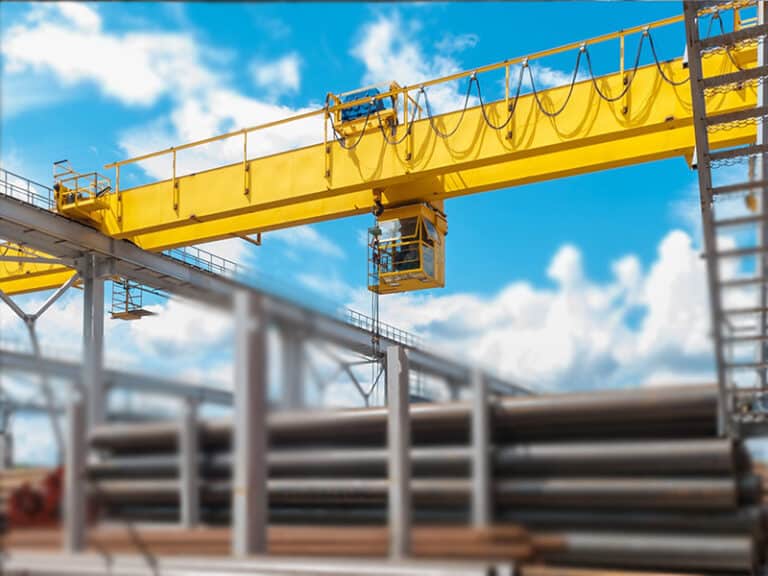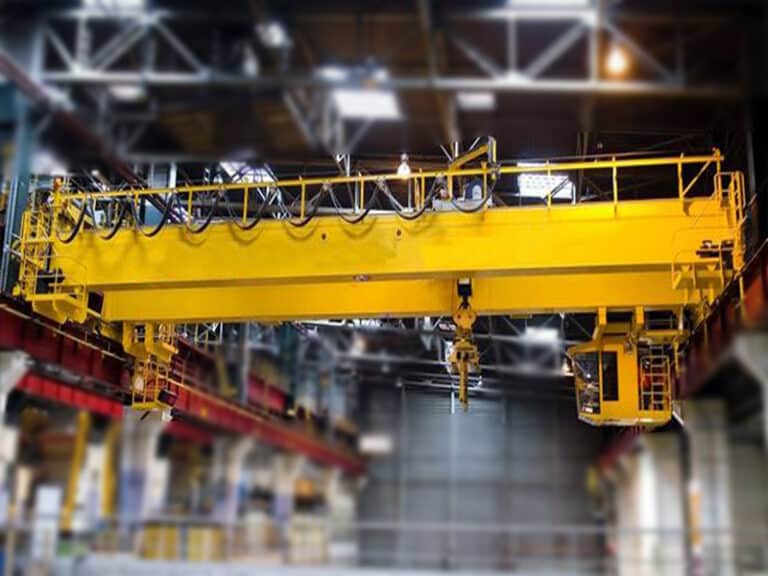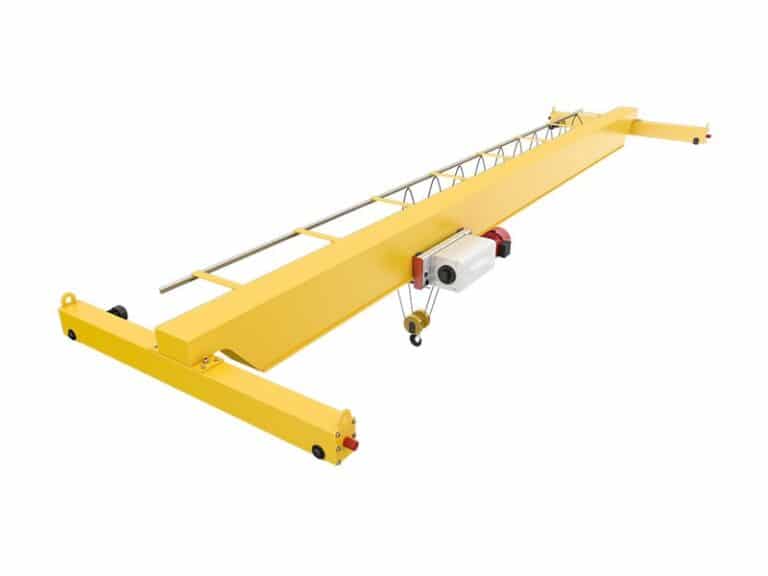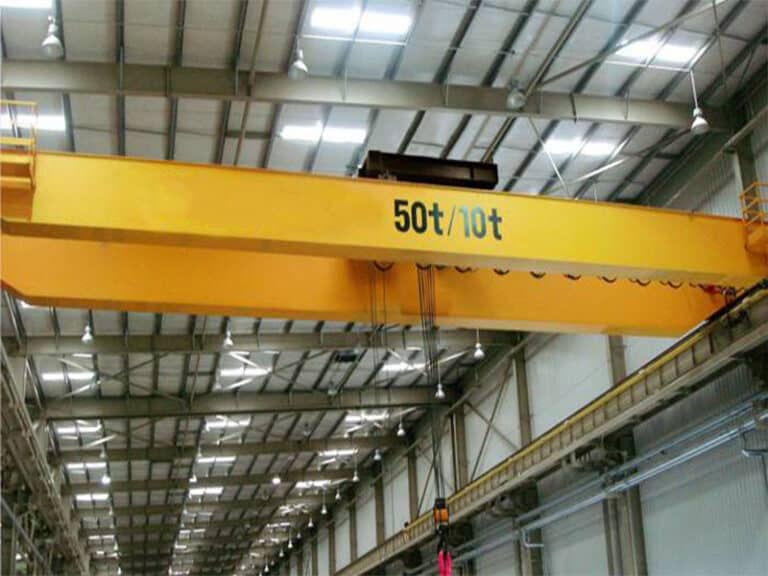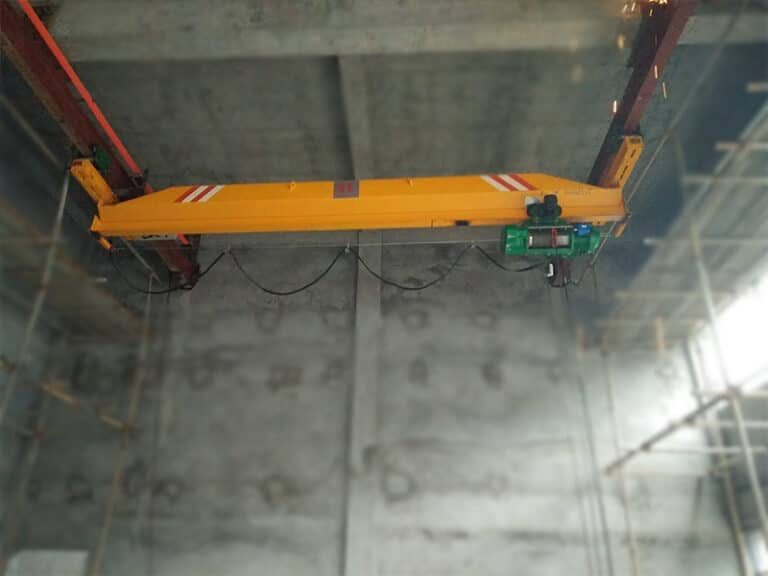Material handling cranes play an important role in the industrial world. They are widely used for moving heavy loads from one place to another in a factory, warehouse, or construction site. Material handling cranes are specially designed to handle materials of different weights, sizes, and shapes. In this article, we will discuss the different types of cranes used in material handling and their features.
Types of Cranes in Material Handling
1. Overhead Cranes:
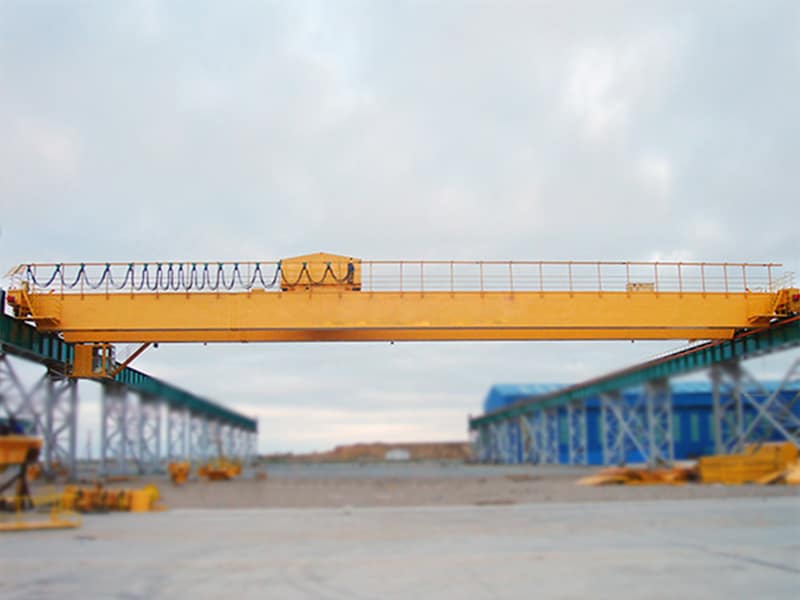
Overhead cranes are the most commonly used cranes in material handling. They are used to lift heavy loads and move them horizontally. These cranes are designed to run on a runway system, which is usually installed on the ceiling of a building. Overhead cranes are available in different sizes and configurations, depending on the needs of the facility.
2. Gantry Cranes:
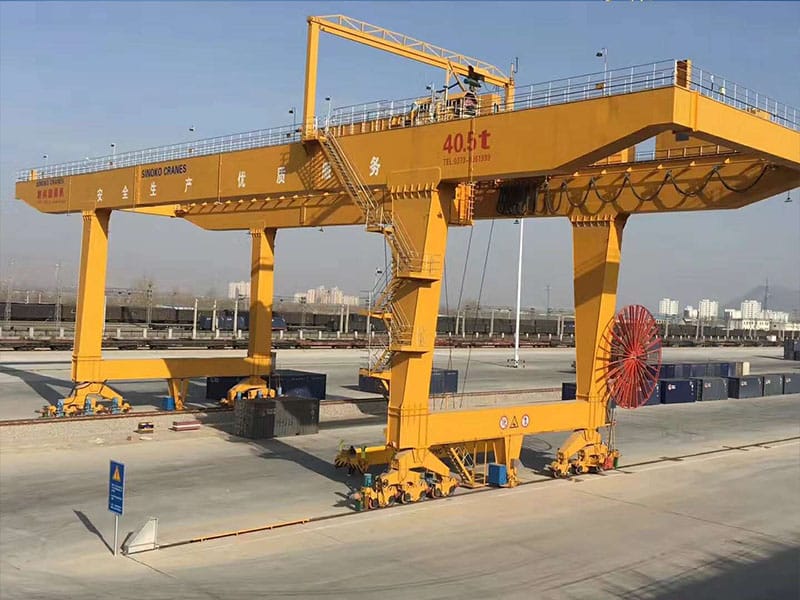
Gantry cranes are similar to overhead cranes but are supported on a gantry instead of being hung from the ceiling. Gantry cranes are commonly used in outdoor environments, such as shipping yards, where they can be used to lift and move heavy containers.
3. Jib Cranes:
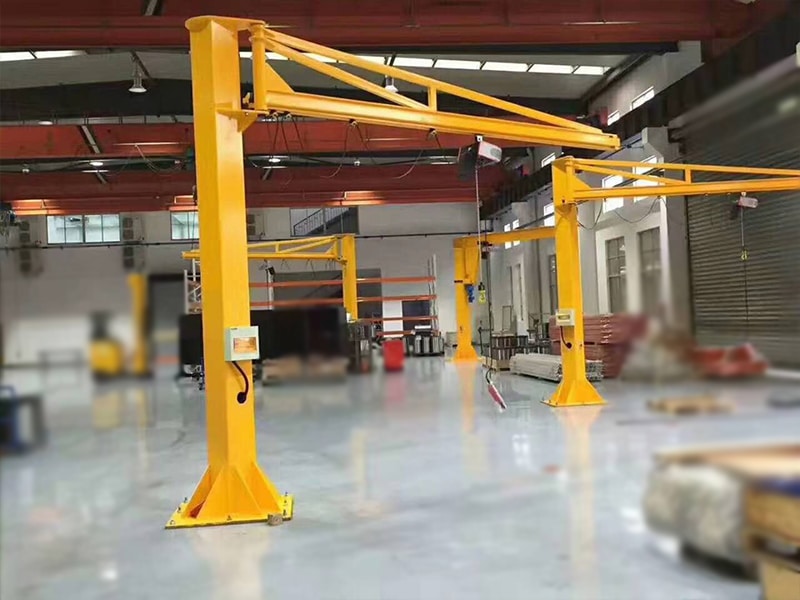
Jib cranes are small cranes that are designed to lift and move materials within a small area. They consist of a vertical mast that is supported by a horizontal arm. The horizontal arm can rotate up to 360 degrees, allowing the crane to lift and move materials in any direction.
4. Bridge Cranes:

Bridge cranes are similar to overhead cranes but are designed to move materials over longer distances. They consist of a runway system that is supported by a series of beams. The crane is mounted on a trolley that runs along the runway system, allowing it to move horizontally.
5. Mobile Cranes:
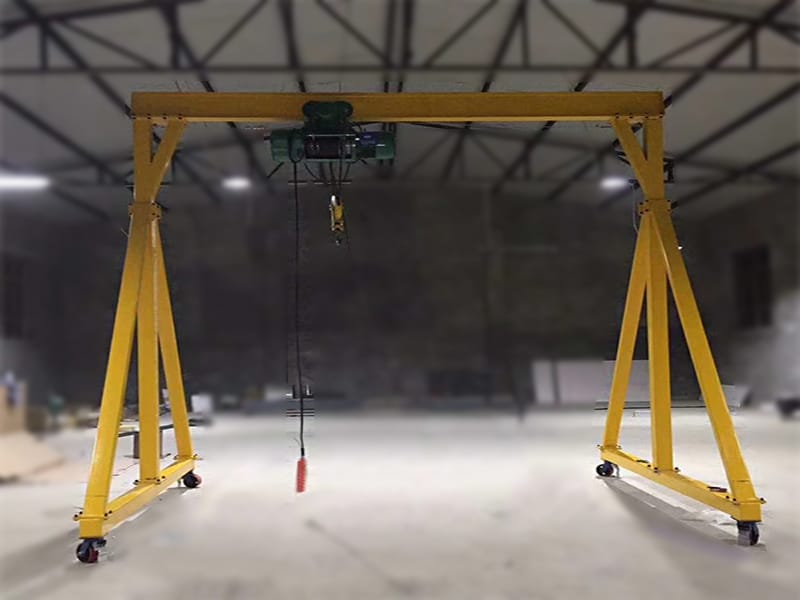
Mobile cranes are designed to be moved from one location to another. They are typically mounted on a truck or a trailer and can be driven to a work site. Mobile cranes are used in a variety of industries, including construction, mining, and transportation.
Features of Material Handling Cranes
- Load Capacity:
The load capacity of a crane is one of its most important features. The load capacity refers to the maximum weight that a crane can lift. It is important to choose a crane with a load capacity that is suitable for the type of materials that will be lifted.
- Reach:
The reach of a crane refers to the distance that the crane can move horizontally. The reach is an important feature to consider when choosing a crane for a specific application. It is important to choose a crane with a reach that is sufficient to move materials from one location to another.
- Hoisting Speed:
The hoisting speed of a crane refers to the speed at which the crane can lift and lower materials. The hoisting speed is an important feature to consider when choosing a crane for a specific application. It is important to choose a crane with a hoisting speed that is suitable for the type of materials that will be lifted.
- Control System:
The control system of a crane is an important feature to consider when choosing a crane for a specific application. The control system should be easy to use and should allow the operator to control the crane in a precise and safe manner.
- Safety Features:
Safety features are an important consideration when choosing a crane for a specific application. Safety features may include limit switches, emergency stop buttons, overload protection, and anti-collision systems.
Conclusion
Material handling cranes play an important role in the industrial world. They are used to lift and move heavy loads from one place to another. There are different types of cranes available for material handling, including overhead cranes, gantry cranes, jib cranes, bridge cranes, and mobile cranes. Each type of crane has its own unique features and
advantages. When selecting a crane for a specific application, it is important to consider factors such as load capacity, reach, hoisting speed, control system, and safety features.
In addition to their technical features, material handling cranes can also have a significant impact on the productivity and efficiency of a facility. The use of cranes can reduce the amount of manual labor required to move heavy materials, which can increase the speed and accuracy of material handling operations. This can lead to cost savings and increased profitability for the facility.
However, it is important to note that the use of material handling cranes also requires a certain level of expertise and training. Crane operators must be properly trained to operate the crane safely and effectively. In addition, regular maintenance and inspections are required to ensure that the crane is operating properly and to prevent accidents.
Overall, material handling cranes are an important tool in the industrial world. They offer a wide range of benefits, including increased efficiency, cost savings, and improved safety. When selecting a crane for a specific application, it is important to consider the technical features of the crane as well as the expertise and training required to operate it safely and effectively.

